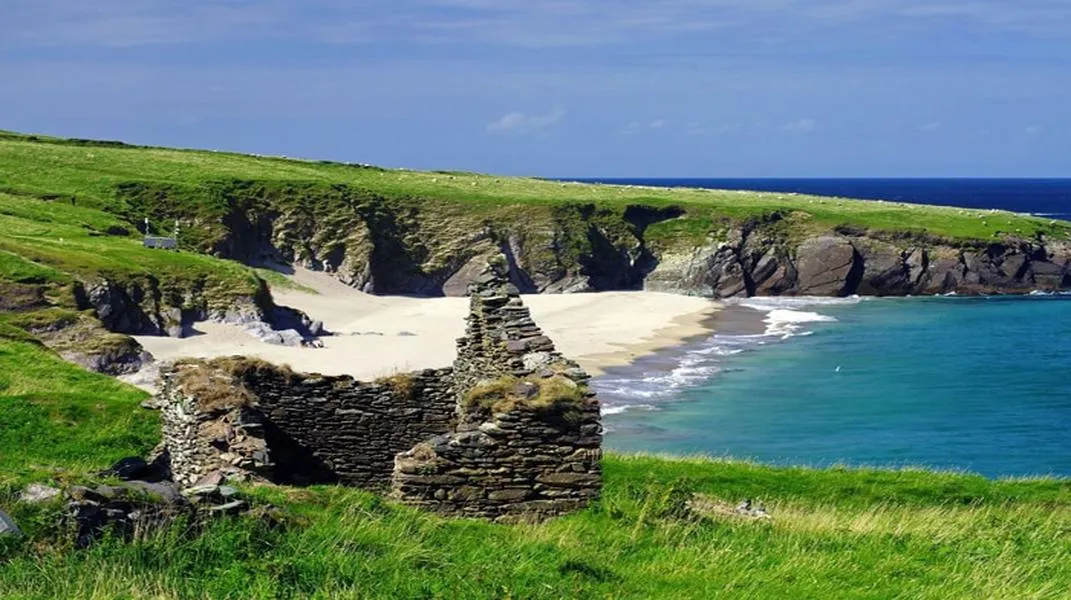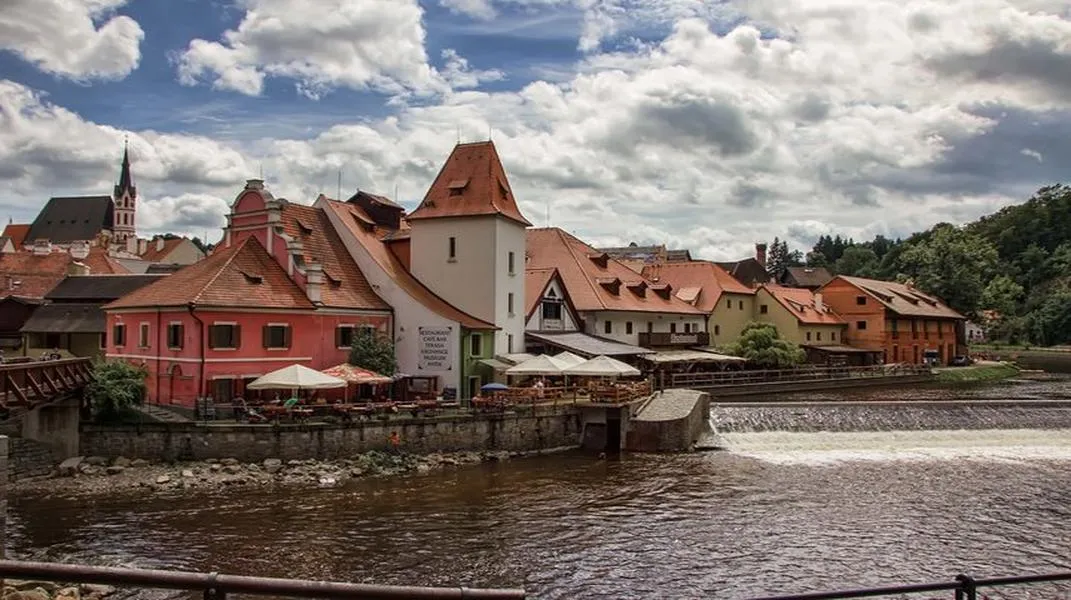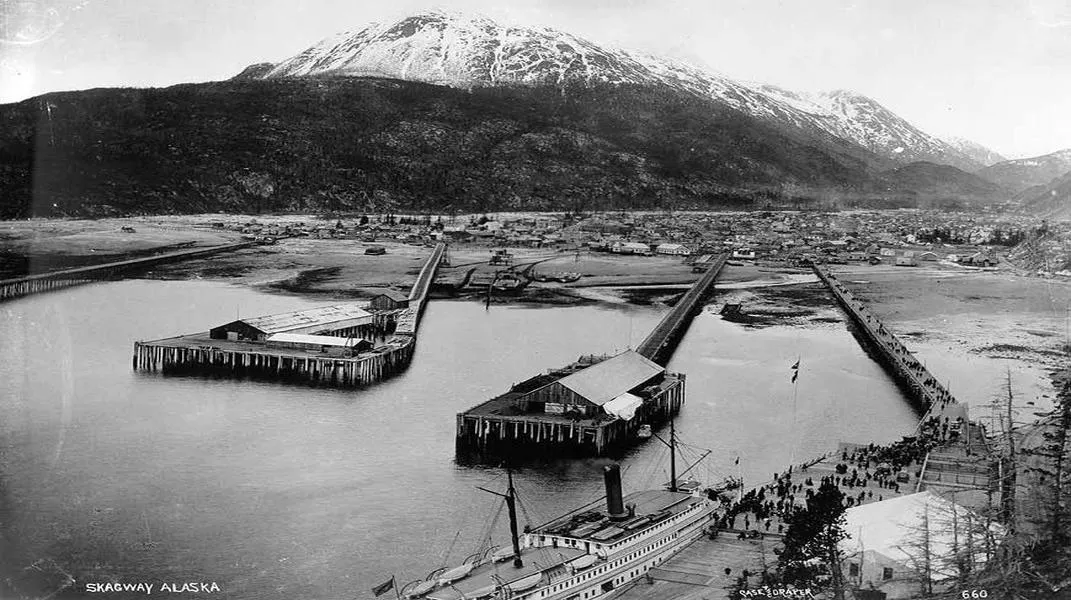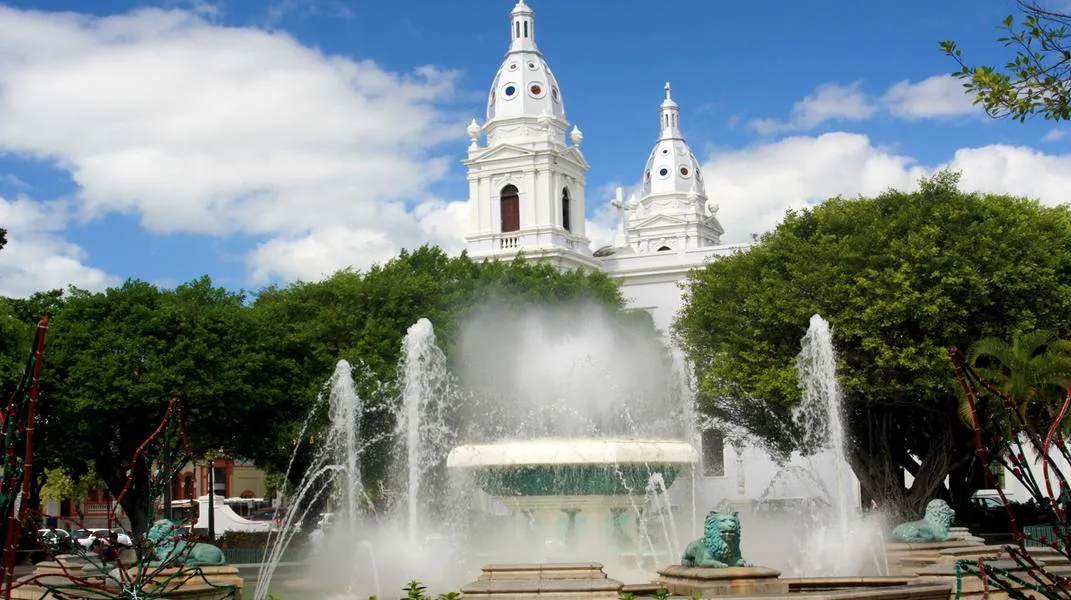Exploring the Dingle Peninsula: A Journey Through Ireland’s Rugged Beauty
Nestled on the southwestern coast of Ireland, the Dingle Peninsula is a breathtaking destination that captivates visitors with its stunning landscapes, rich history, vibrant culture, and warm hospitality. As one of the most scenic spots in the country, it offers an array of experiences ranging from dramatic coastal cliffs and sandy beaches to lush green hills and ancient archaeological sites. In this article, we will delve into the unique features of the Dingle Peninsula, highlight its must-see attractions, and provide essential tips on how to prepare for your visit.

The Allure of Dingle Peninsula
The Dingle Peninsula, known as Corca Dhuibhne in Irish, is characterized by its rugged terrain, which features soaring cliffs, rolling hills, and sandy shores. The peninsula is home to the charming town of Dingle, which serves as a hub for visitors exploring the area. Surrounded by the Atlantic Ocean, the peninsula is steeped in natural beauty and cultural significance, making it a must-visit location for anyone traveling to Ireland.
Scenic Landscapes
The Dingle Peninsula is renowned for its breathtaking scenery. The winding roads that traverse the region offer stunning views of the ocean, mountains, and valleys. The Slea Head Drive, a circular route that hugs the coastline, is one of the highlights of the peninsula. It provides panoramic views of the Blasket Islands, the highest cliffs in Europe at Dunmore Head, and the lush green fields dotted with sheep that are characteristic of the Irish countryside.
The landscape is also peppered with ancient stone structures, including ring forts, beehive huts, and standing stones that reflect the rich history of the area. The combination of natural beauty and historical significance makes the Dingle Peninsula a unique place to explore.
Cultural Heritage
The Dingle Peninsula is steeped in Irish culture, particularly Gaelic traditions. The predominant language in the area is Irish, and visitors may hear locals speaking it in shops, pubs, and on the streets. The vibrant music scene is another highlight, with traditional Irish music playing in many of the local pubs. In addition, the peninsula hosts numerous festivals throughout the year, celebrating everything from music to food and art.
One of the most famous cultural icons of the Dingle Peninsula is Fungi, the resident bottlenose dolphin that has been delighting visitors since the 1980s. Boat tours provide opportunities to see Fungi in his natural habitat, making it a memorable experience for families and nature lovers alike.
Must-See Attractions on the Dingle Peninsula
1. Dingle Town
The town of Dingle is the gateway to the peninsula and is known for its vibrant atmosphere and friendly locals. The colorful streets are lined with shops, cafes, and pubs, each with its own unique character. The Dingle Oceanworld Aquarium is a family-friendly attraction that showcases a variety of marine life, including sharks, seahorses, and, of course, the famous dolphin Fungi.
Don’t miss the chance to sample the local seafood, particularly the fresh catch of the day at one of the many restaurants. The bustling Dingle Farmers Market, held every Friday, is another great place to taste local produce and artisanal products.
2. Slea Head
Slea Head is one of the westernmost points of Europe and offers stunning views of the Atlantic Ocean and the Blasket Islands. The area is dotted with ancient ruins and historical sites, including the beehive huts of the early Christian settlers. The Slea Head Loop walk provides an opportunity for visitors to immerse themselves in the natural beauty of the area while exploring its rich history.
3. The Blasket Islands
The Blasket Islands, located just off the coast of the Dingle Peninsula, are a group of uninhabited islands known for their dramatic cliffs and pristine landscapes. A boat trip to the islands is a popular activity, allowing visitors to explore the rugged terrain and learn about the history of the islanders who once lived there. The islands are a haven for wildlife, making them a fantastic spot for birdwatching and photography.
4. Connor Pass
The Connor Pass is one of the highest mountain passes in Ireland and offers breathtaking views of the surrounding landscape. The narrow, winding road takes you through steep hills and valleys, providing stunning panoramas of mountains and lakes. There are several lookout points along the way where you can stop to take photos and absorb the beauty of the Dingle Peninsula.
5. Gallarus Oratory
Gallarus Oratory is one of the best-preserved early Christian structures in Ireland, dating back to the 6th or 7th century. This stone church, built in the shape of an upturned boat, is a testament to the skill of early Irish builders. The oratory is located near the village of Ballyferriter and is a must-see for history enthusiasts.
6. Inch Beach
Inch Beach is a stunning stretch of golden sand that is perfect for sunbathing, swimming, and water sports. The beach is famous for its dramatic waves, making it a popular spot for surfing. Whether you want to take a leisurely stroll along the shore or enjoy a picnic with family, Inch Beach is a beautiful place to relax and soak up the sun.
7. Mount Brandon
Mount Brandon, the second-highest peak in Ireland, offers challenging hikes with rewarding views. The mountain is steeped in mythology and has been a pilgrimage site for centuries. The hike to the summit is demanding but is well worth the effort for the panoramic views of the Dingle Peninsula and the surrounding ocean.
8. The Famine Cottages
Located near the village of Dunquin, the Famine Cottages are a poignant reminder of Ireland's tragic history during the Great Famine. The ruins of these old stone cottages tell the story of the families who once lived there and the hardships they endured. The site also offers stunning views of the Blasket Islands and the Atlantic Ocean.
Preparing for Your Visit to Dingle Peninsula
A trip to the Dingle Peninsula requires some preparation to ensure a comfortable and enjoyable experience. Here are essential materials and tips to consider before embarking on your journey.
1. Weather-Appropriate Clothing
The weather in Ireland can be unpredictable, especially in coastal areas like the Dingle Peninsula. Pack layers, including waterproof jackets, sweaters, and comfortable clothing suitable for both warm and cool weather. Sturdy walking shoes or hiking boots are essential for exploring the rugged terrain.
2. Navigation Tools
While the Dingle Peninsula is relatively easy to navigate, having a good map or GPS device is advisable. Download offline maps or use navigation apps on your smartphone to help you find your way around the winding roads and remote attractions.
3. Camera and Binoculars
The stunning landscapes and diverse wildlife of the Dingle Peninsula are worthy of being captured on camera. Bring a good-quality camera and extra batteries to ensure you don’t miss any photo opportunities. If you’re interested in birdwatching or observing marine life, binoculars can enhance your experience.
4. Accommodation and Reservations
Accommodation options in and around Dingle range from hotels and guesthouses to self-catering cottages and campsites. It’s advisable to book your accommodation in advance, especially during peak tourist seasons. Check reviews and ratings to find a place that suits your preferences and budget.
5. Local Currency and Payment Methods
While many places in Ireland accept credit and debit cards, it’s wise to carry some cash, especially when visiting smaller towns or rural areas. Ensure you have the local currency (Euro) on hand for purchases at markets, shops, and smaller establishments.
6. Transportation
If you plan to explore the Dingle Peninsula fully, renting a car is highly recommended. This allows you to travel at your own pace and access remote areas that may not be easily reachable by public transport. Alternatively, consider joining guided tours that offer transportation and insights into the local culture and history.
7. Local Etiquette and Customs
Familiarize yourself with basic Irish customs and etiquette to enhance your travel experience. The Irish are known for their friendliness, so a simple greeting or “slán” (goodbye) can go a long way. Respect local traditions, especially when visiting historical and cultural sites.
8. Research Local Events and Festivals
Check local event calendars to see if any festivals or cultural events coincide with your visit. Participating in local celebrations can provide a deeper understanding of Irish culture and create lasting memories.
Conclusion
The Dingle Peninsula is a destination that combines stunning natural beauty, rich history, and vibrant culture. Whether you are hiking the rugged mountains, exploring ancient ruins, or enjoying traditional music in a cozy pub, the experiences you gain here will leave an indelible mark on your heart. By preparing adequately and immersing yourself in the local culture, you can make the most of your visit to this enchanting part of Ireland. So pack your bags, grab your camera, and get ready to create unforgettable memories on the Dingle Peninsula!




